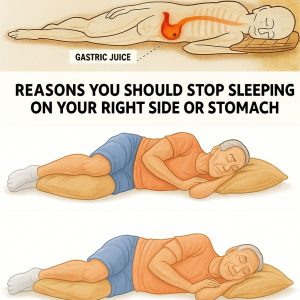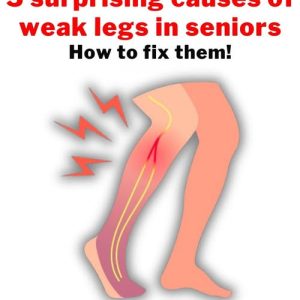Weak legs are often thought to be just a natural part of aging, but several surprising factors can contribute to this issue. One common but overlooked cause is vitamin D deficiency, which affects muscle strength and balance. Without enough vitamin D, muscles can weaken over time, increasing the risk of falls. Another hidden culprit is poor circulation, often due to conditions like peripheral artery disease (PAD), which limits blood flow to the legs and causes pain or fatigue during walking.
Medications can also play a role in leg weakness, especially those that affect nerve signals or muscle function, such as statins, certain blood pressure drugs, and sedatives. Additionally, sedentary lifestyles can quietly lead to muscle atrophy. Seniors who spend most of their day sitting may find their legs becoming weaker simply from lack of regular use. Even undiagnosed neurological conditions, such as early-stage Parkinson’s disease or nerve damage from diabetes, can cause gradual leg weakness without obvious warning signs.
To combat leg weakness, simple daily exercises like leg lifts, chair stands, and short walks can make a big difference over time. Strength training using light resistance bands also helps rebuild muscle. Nutritional support is essential—ensure adequate intake of protein, vitamin D, and B12 through diet or supplements. Consulting with a doctor about medication side effects or hidden medical issues is also crucial for accurate diagnosis and proper treatment.
Don’t ignore weak legs—it’s not just “getting old.” With the right approach, many seniors can regain strength, mobility, and independence. By staying active, addressing nutritional gaps, and working with healthcare professionals, it’s possible to reverse or reduce leg weakness and enjoy a more confident, stable lifestyle.



